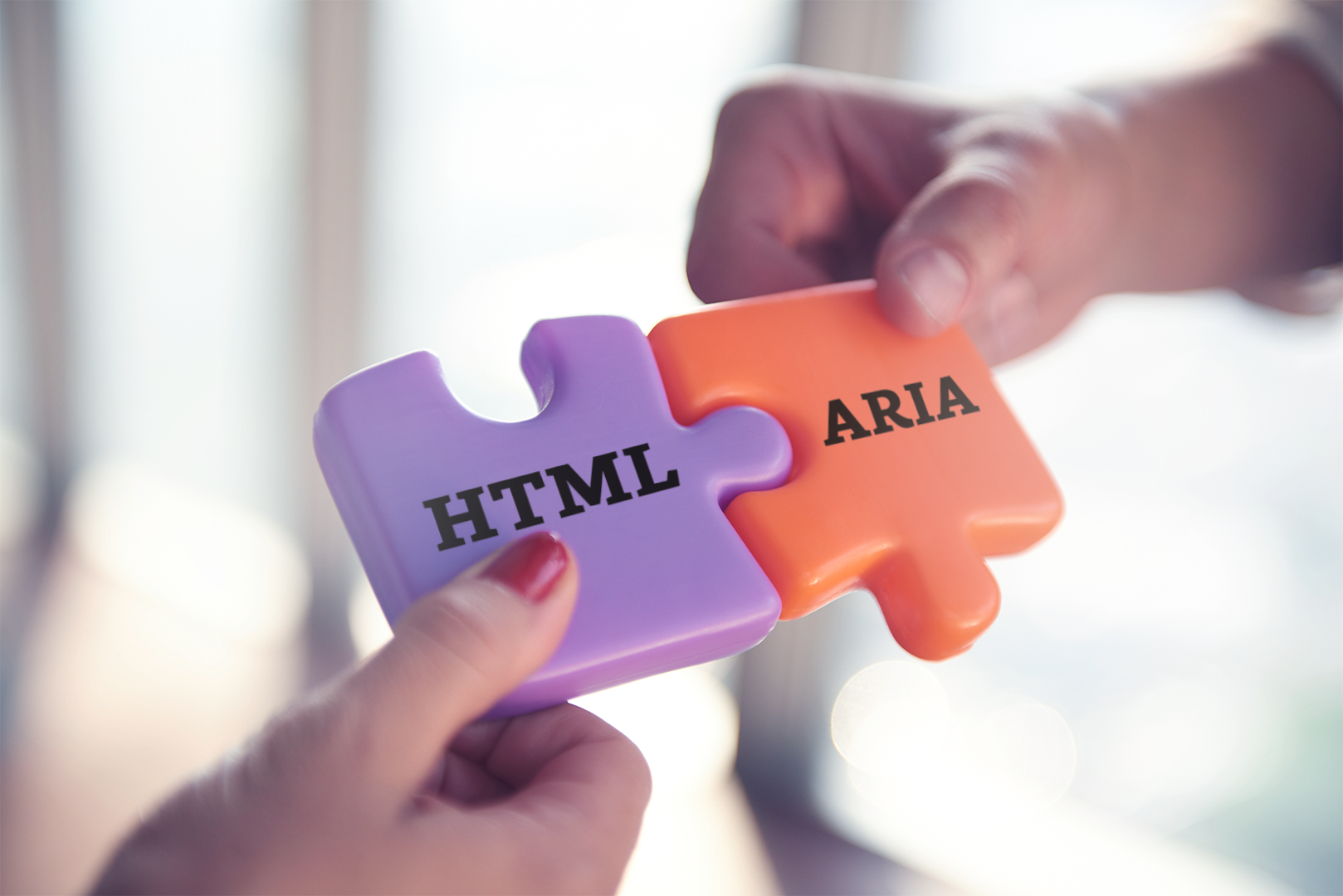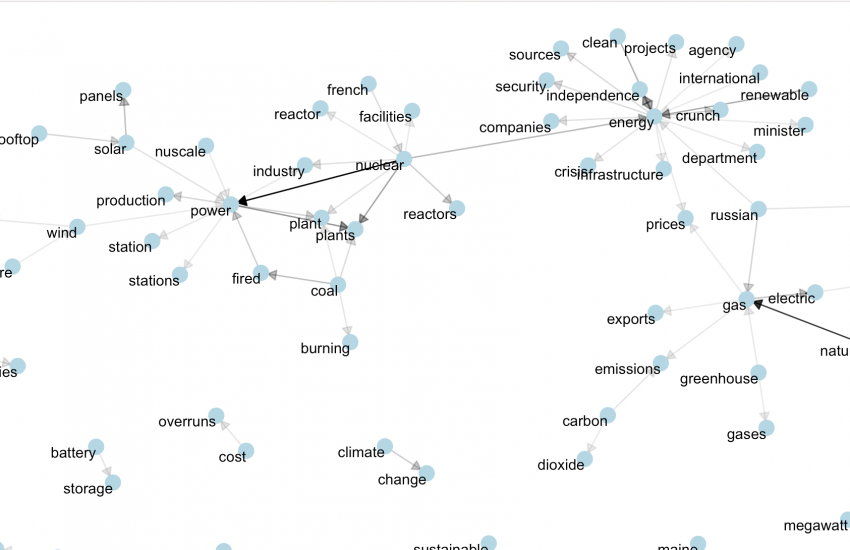Myth: ARIA has perfect support
This article was originally on The A11Y Project.
Accessible Rich Internet Applications is an extension of HTML. It is a technology that adds roles, states and properties that are designed to help with the accessibility of websites and web apps.
Background
ARIA works by supplementing, adding, removing or overriding information the browser uses to communicate with assistive technology. For example, adding aria-hidden="true" to a HTML element will tell the browser not to report the element, or any of its children, to assistive technology.
aria-hidden="true" can be useful for situations where you want to remove something that might normally get reported, such as a SVG icon inside a button. If the button already has a text label, removing the icon helps make sure that the experience is easy to understand by removing unnecessary information that would otherwise be exposed by the decorative icon.
<button type="button">
<svg aria-hidden="true" focusable="false">
<!-- SVG code -->
</svg>
Save
</button>ARIA can also be used for interactive controls such as an accordions, tabs and modals. A thoughtful and skilled application of ARIA can help communicate things like if an accordion panel is in an expanded state, which tab’s corresponding tab panel is currently visible or what is and is not modal content.
Nearly all ARIA should be inserted and updated dynamically via JavaScript. Very little of it is “hard coded” into the HTML it is manipulating.
There are many ways to add ARIA to your website or web app using JavaScript. You can use “vanilla” JavaScript, or specialized frameworks such as Ember, Angular, React, Vue, Svelte, etc. ARIA is compatible with all these frameworks because it is a standard they observe.
Compatibility issues
All web technology has compatibility issues. Compatibility issues are created when there is an interaction between:
- The kind of operating system
- The version of the operating system
- The kind of browser running on the operating system
- The version of browser running on the operating system
- Any modifications a person has made to any of the preceding
Compatibility issues means there might be discrepancies in how web technology is understood and shown to the person using it. In many cases, it won’t be shown at all.
ARIA is a web technology. In addition to the issues listed previously, it can also have compatibility issues that come from:
- The kind of assistive technology being used
- The version of the assistive technology being used
- Any modifications a person has made
Just because you write code that uses ARIA does not mean the ARIA declarations will work as intended. This is the same as expecting modern JavaScript to work on an older browser such as Internet Explorer 11.
This problem is further complicated in situations where parts of your website or web app use ARIA that relies on different parts of your website or web app that also use ARIA. It can also be affected by newer ARIA features interacting with older features.
Another thing to keep in mind is that many people who use assistive technology specifically use older versions of it. This helps to ensure compatibility issues are kept to a minimum.
Unlike many other other forms of compatibility issues, assistive technology-related compatibility can completely lock a person out of a digital experience, instead of just annoying them.
What you can do about it
Before you write any code
- Check if a complicated interaction can be broken down into simpler parts.
- Observe the “First Rule of ARIA“: If there is an existing, relevant HTML element, use that instead.
- Familiarize yourself with the other four rules of ARIA.
When writing code
- If you have to write ARIA, check its known support.
- Use an automated accessibility analysis tool such as WAVE, Axe or ARC to check for common implementation issues. Be sure to run the analysis with all relevant states (expanded, collapsed, disabled, etc.) triggered.
After you write code
- Verify that the ARIA you wrote works as intended with a few different kinds of assistive technology.
- Verify that the ARIA you wrote makes sense to daily assistive technology users.
Should you avoid ARIA all together?
No. When used responsibly, ARIA helps people who use assistive technology understand the same experiences people browsing without assistive technology do.
ARIA should be the last tool you pull out of your toolbox, not your first.
- Myth: ARIA has perfect support - October 3, 2023





